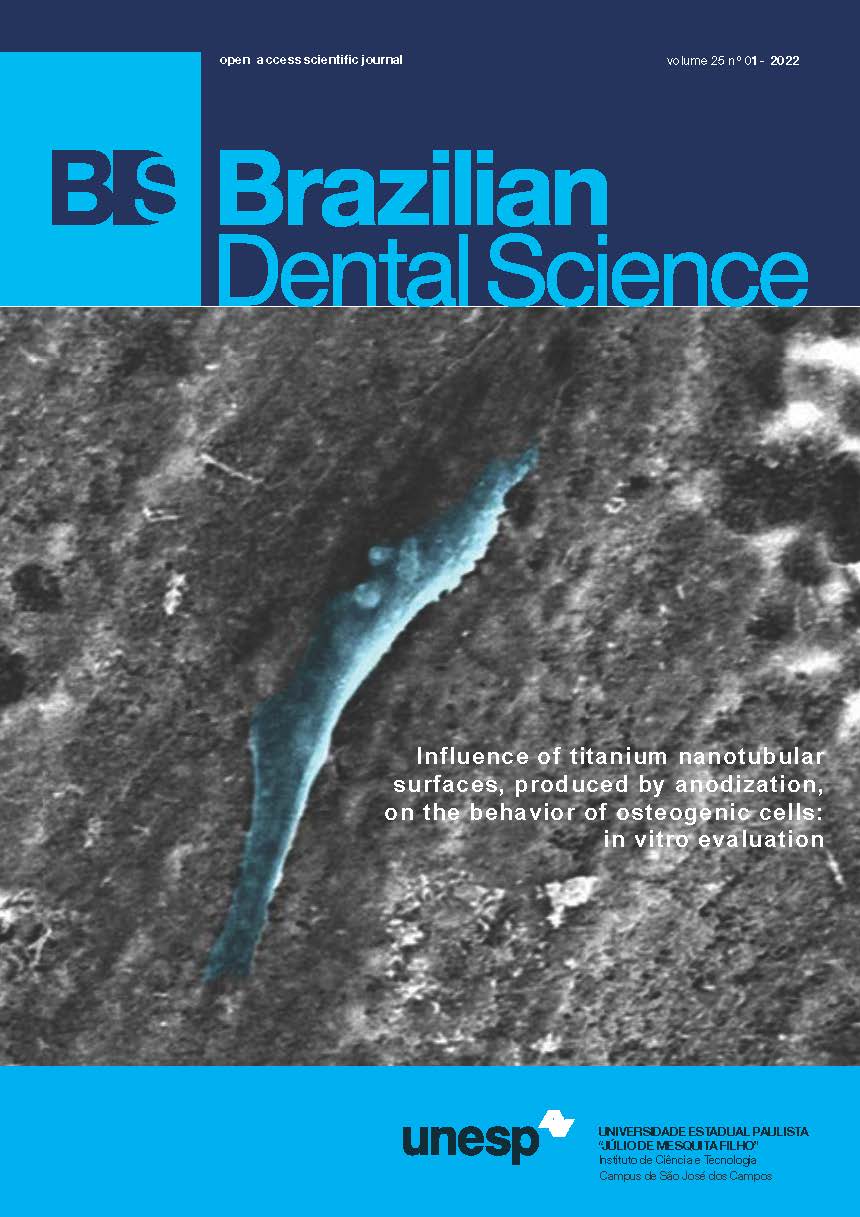A study comparing patient satisfaction and retention of CAD/CAM milled complete dentures and 3D printed CAD/CAM complete dentures versus conventional complete dentures: a randomized clinical trial
DOI:
https://doi.org/10.4322/bds.2022.e2785Abstract
Objective: To compare the three different methods of complete denture fabrication assessing patient satisfaction
and retention after insertion for six months’ follow-up period. Material and Methods: The study was conducted
in the Prosthodontic Department where a total of forty-eight patients were recruited from the outpatient clinics
fulfilling the inclusion criteria. This study was designed as a randomized controlled clinical trial. All patients
followed the steps of complete denture construction till jaw relation record. Then, all eligible patients were
randomized to intervention and control groups. For intervention groups digital scanning, designing, manufacturing
of complete dentures was done; 3D printing for first and milling for second intervention. For the comparator
group, complete dentures were manufactured the conventional way. After 2 weeks of delivery of the dentures,
patients received a patient satisfaction questionnaire, retention was measured by retention force gauge. Both
readings were also recorded after 3 months and at 6 months. The mean and standard deviation values were
calculated for each group in each test. The significance level was set at P < 0.05. Results: No statistical difference
was found in terms of patient satisfaction and retention between the three groups at different time intervals.
Conclusion: The manufacturing technique seemed to have no influence on patient satisfaction and retention
with milled showing the least results.
KEYWORDS
Computer-aided design; Denture, Complete; Denture retention; Patient satisfaction; Printing, Three-dimensional
Downloads
Downloads
Published
Versions
- 2022-03-29 (2)
- 2022-02-03 (1)
How to Cite
Issue
Section
License
Brazilian Dental Science uses the Creative Commons (CC-BY 4.0) license, thus preserving the integrity of articles in an open access environment. The journal allows the author to retain publishing rights without restrictions.
=================




























